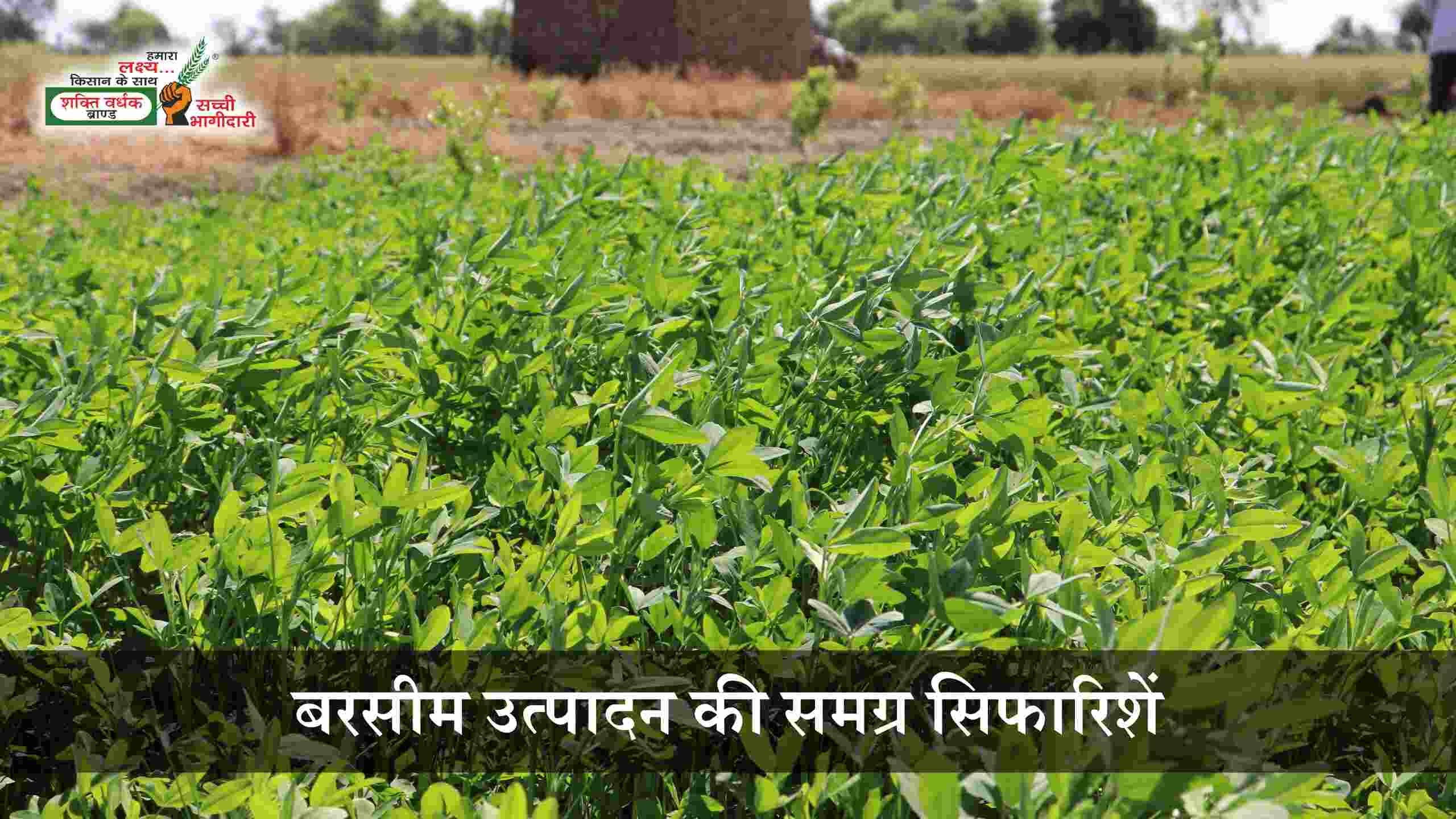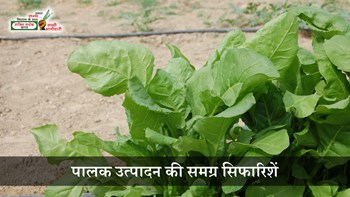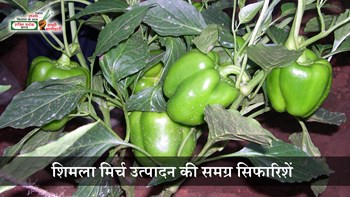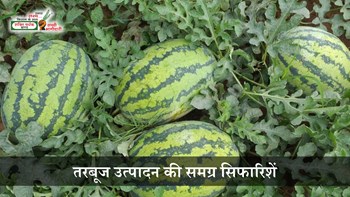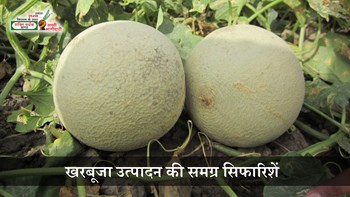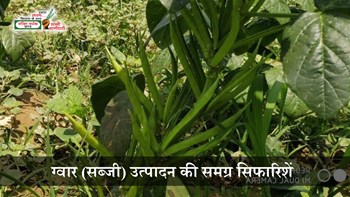Soil and Field Preparation:
Berseem grows best in fertile loamy soils. Avoid light sandy soils. Plough the field 3–4 times to make it level and weed-free.
Time of Sowing:
October is the best time for sowing Berseem. Avoid sowing in September due to high temperatures.
Seed Rate and Seed Treatment:
Use 8–10 kg of Berseem seed per acre. To improve the first-cut yield, mix 500 g Chinese cabbage (Gobhi sarson) or 10 kg oat seed per acre.
For first-time cultivation, treat seeds with Rhizobium culture. Mix 100 g jaggery in 1 liter of water, add the culture, and coat the seed. Let the seed dry in the shade before sowing.
Sowing Method:
Prepare beds and flood them with water. Once the water settles, broadcast the seed evenly.
Fertilizer Application:
Berseem requires more phosphorus. At the time of the last ploughing, apply:
-
10 kg nitrogen (22 kg urea)
-
30 kg phosphorus (188 kg single super phosphate) per acre.
Irrigation:
-
First irrigation: 3–4 days after sowing in light soil, 6–7 days in heavy soil.
-
Irrigate every 15 days, and every 10 days from March onward.
Harvesting:
-
First cut: 50–60 days after sowing.
-
Subsequent cuts: every 30–35 days in winter, 20–25 days in spring.
-
Up to 5–6 harvests are possible.
Diseases:
Stem Rot: Causes plant stems to rot at the base, forming white fungal growth.
-
Control: Use disease-free seed and rotate crops.
-
Spray 100 g Bavistin in 100 liters of water in affected areas.
